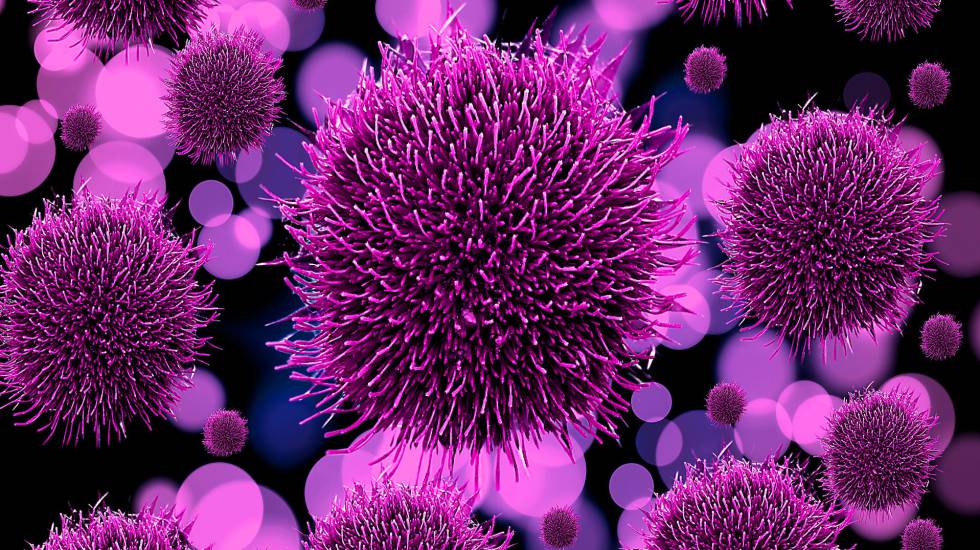INDEX
CLASIFICATION AND TYPES
MAIN CHARACTERISTICS
FUN FACT
PARTS THREE VITAL FUNCTIONS CLASIFICATION AND TYPES
CLASIFICATION: TYPES:
Archaebacteria methanogens,
halophile
termoacidofilos.
Eubacterium gram negative and positive bacteria,
red bacteria
spirochetes
cyanobacterias
but there are about 30 or 40 billion types of bacteria . This is just an example
MAIN CHARACTERISTICS
The bacteria like the cell have a citoplasm and a plasma bembrane . the bacteria are so small that they have to do whith a microscope . And the bacterium is an unicellular organism that reproduces byspores
PARTS
PILI = It is like the hear of bacteria
CAPSULE= The cell capsule is a very large structure , it is outside the cell envelope of bacteria and is considered part of the outer cell of bacteria cell
CELL WALL = is a rigid layer that it is outside the membrane
CELL MEMBRANE= The cell membrane is a flexible tube that the vast majority of living things have
RIBOSOME = A ribosome is a complex
CHROMOSOME = To each of the structures formed by ADN and very organized
FLAGELLUM = is like the tail of the bacteria
THREE VITAL FUNCTIONS
REPRODUCTION :The bacteria reproduces by spores
NUTRITION : Some bacteria feed on photosynthesis and others bacterias feed on organic mater
INTERACTION : They are like the hairs that have bacteria (PILI) that move super fast and that makes air and get the bacteria to move

FUN FACTS


























































